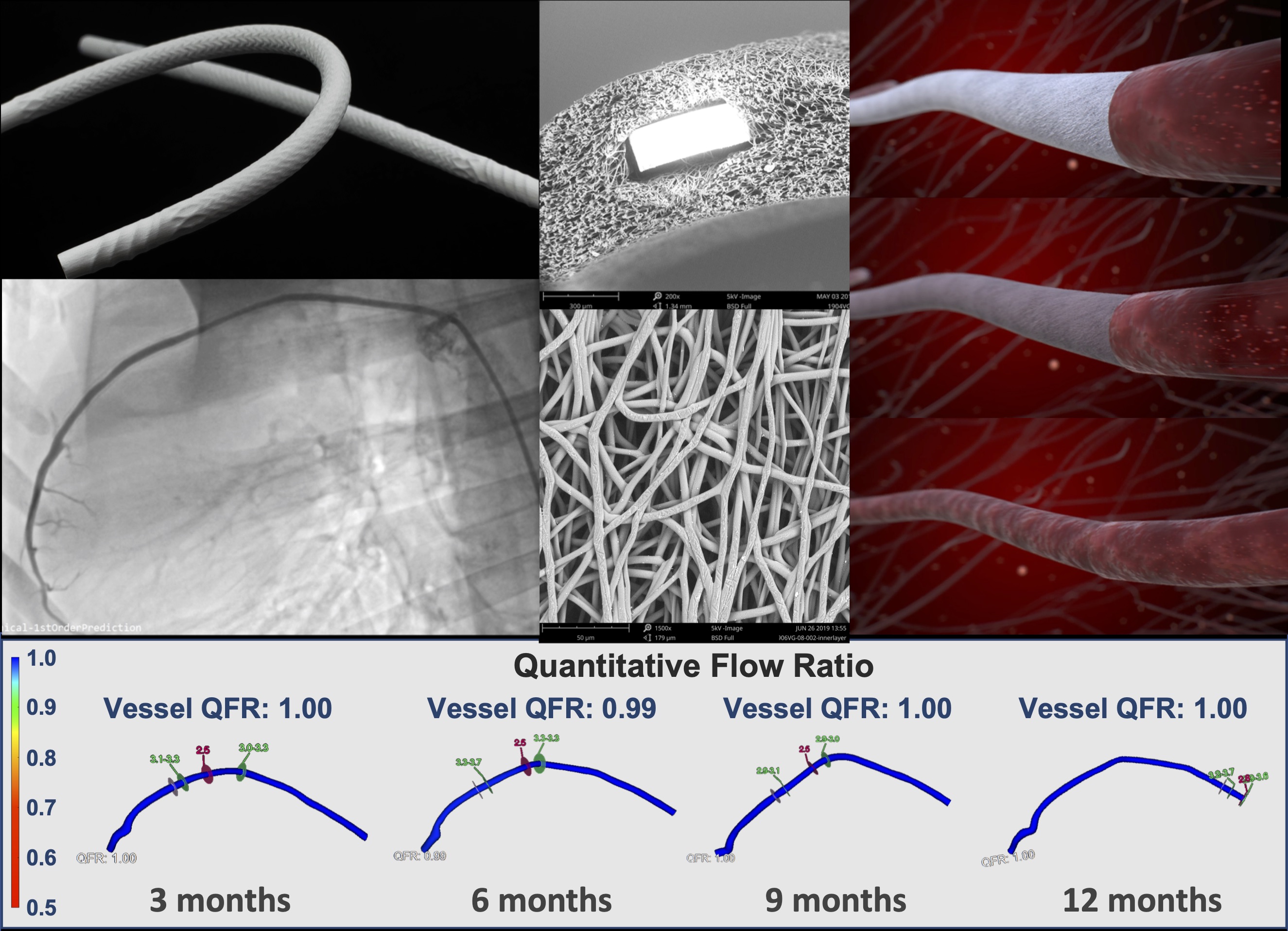Lots of interesting abstracts and cases were submitted for TCTAP 2022. Below are the accepted ones after a thorough review by our official reviewers. Don’t miss the opportunity to expand your knowledge and interact with authors as well as virtual participants by sharing your opinion in the comment section!
TCTAP A-032
One Year Patency of Biorestorative Polymeric Coronary Artery Bypass Grafts in an Ovine Model: Serial Assessment of Quantitative Coronary Angiography and Flow Ratio
By Masafumi Ono, Xinlei Wu, Mohammed S. El-Kurdi, Jochen Reinöhl, Renu Virmani, Martijn Cox, Yoshinobu Onuma, Patrick W. Serruys
Presenter
Masafumi Ono
Authors
Masafumi Ono1, Xinlei Wu2, Mohammed S. El-Kurdi3, Jochen Reinöhl3, Renu Virmani4, Martijn Cox3, Yoshinobu Onuma5, Patrick W. Serruys5
Affiliation
Hiroshima University Hospital, Japan1, The Second Affiliated Hospital of Wenzhou Medical University, China2, Xeltis BV, Netherlands3, CVPath Institute, Inc., USA4, University of Galway, Ireland5
View Study Report
TCTAP A-032
Cardiac Surgery/Hybrid Revascularization
One Year Patency of Biorestorative Polymeric Coronary Artery Bypass Grafts in an Ovine Model: Serial Assessment of Quantitative Coronary Angiography and Flow Ratio
Masafumi Ono1, Xinlei Wu2, Mohammed S. El-Kurdi3, Jochen Reinöhl3, Renu Virmani4, Martijn Cox3, Yoshinobu Onuma5, Patrick W. Serruys5
Hiroshima University Hospital, Japan1, The Second Affiliated Hospital of Wenzhou Medical University, China2, Xeltis BV, Netherlands3, CVPath Institute, Inc., USA4, University of Galway, Ireland5
Background
Instead of saphenous vein graft (SVG), An off-the-shelf, small diameter, synthetic vascular graft may have a potential to provide a valuable treatment alternative for millions of patients who undergo coronary artery bypass grafting (CABG).
Methods
Restorative vascular grafts (RVGs: 15cm long, 4mm inner diameter) were implanted in an ovine model, and serial patency and performance were monitored via quantitative coronary angiography (QCA) and quantitative flow ratio (QFR).
Results
Sixteen sheep (N=16) underwent coronary artery bypass surgery either with an RVG (N=13) or SVG (N=3). Two RVG animals did not survive the peri-operative phase. Aggregated chronic RVG patency was 10/11 (91%) by 6-months and 8/11 (73%) by 12-months follow-up, while all SVG (3/3) remained patent until 12-months. SVG showed progressive diffuse dilatation (reference diameter from 4.6±0.3 mm at baseline to 9.5±1.9mm at 12-months), while RVG reference diameter remained stable (3.7±0.3 mm at baseline and 3.3±0.3 mm at 12-months). RVG minimal lumen diameter (MLD) decreased from 3.2±0.3 mm at baseline to 2.1±0.4 mm at 3-months and remained stable thereafter, while SVG MLD steadily increase from 4.2±0.7 mm at baseline to 4.7±0.7 mm at 12-months. RVG flow speed did not significantly change from 14.3±7.0 cm/sec at baseline to 14.0±5.6 cm/sec at 12-months, while flow speed remained low for SVG (5.8±2.0 cm/sec at baseline and 3.4±1.5 cm/sec at 12-month). QFR was overall similar for RVG and SVG with mean QFR >0.80 at all timepoints except for RVG at 3-months showing a mean ratio of 0.78±0.16.


Conclusion
The serial assessment of angiography-derived lumen and flow parameters demonstrated patency out to 1 year in a challenging ovine model, signifying the potential of the novel RVG for use in coronary revascularization.


